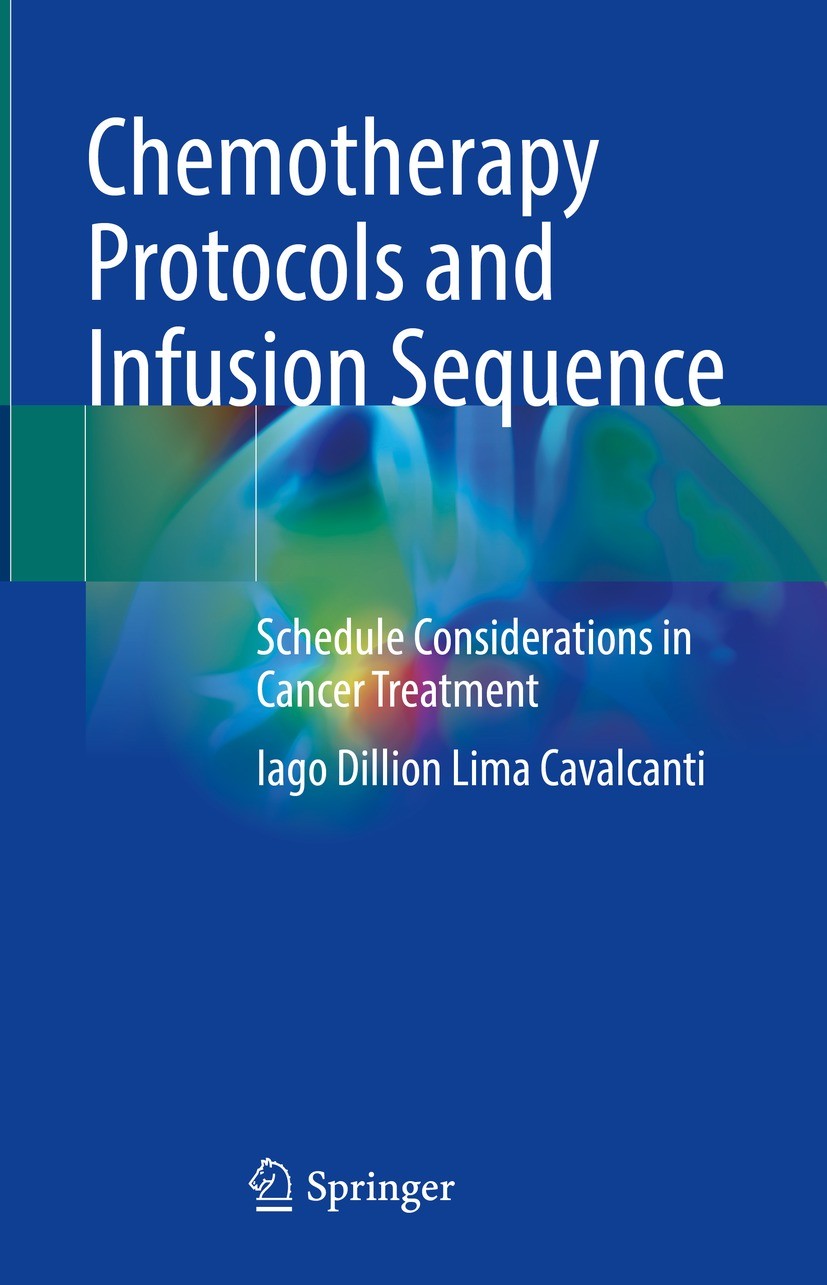| 书目名称 | Chemotherapy Protocols and Infusion Sequence | | 副标题 | Schedule Considerati | | 编辑 | Iago Dillion Lima Cavalcanti | | 视频video | http://file.papertrans.cn/225/224965/224965.mp4 | | 概述 | Discusses infusion sequence to improve therapeutic outcomes in cancer treatment.Collates information about efficacy and/or toxicity of drug interactions in therapeutic combination.Facilitates the sear | | 图书封面 |  | | 描述 | This book aims to address the infusion sequence of the main protocols used in the treatment of varied solid cancers. Since an inadequate infusion sequence can compromise the patient‘s treatment, this work will provide support to professionals working in the field of oncology in assessing each chemotherapy infusion sequence. The introductory chapters present the definition, indication, and the risks and benefits of polypharmacy in cancer therapy, and discuss the importance of drug combination in cancer treatment. Chapter 2 focuses on the challenges and also the toxicity of combination therapy in cancer, while chapter 3 highlights the parameters that must be evaluated before defining the infusion sequence, such as pharmacodynamic and pharmacokinetic profiles, drugs’ stability when diluted or reconstituted, toxicological profile of each drug, among others.. The remaining chapters are divided by type of cancer. The content is focused on solid tumors, dividing the chapters according to breast, gastrointestinal, genitourinary, gynecological, head and neck, lung, and neurological cancers. In each chapter the epidemiological profiles, pathophysiology, therapeutic modalities, and the main | | 出版日期 | Book 2022 | | 关键词 | Chemotherapy protocols; Polypharmacy; Genitourinary cancer protocols; Head and neck cancer protocols; Lu | | 版次 | 1 | | doi | https://doi.org/10.1007/978-3-031-10839-6 | | isbn_softcover | 978-3-031-10841-9 | | isbn_ebook | 978-3-031-10839-6 | | copyright | The Editor(s) (if applicable) and The Author(s), under exclusive license to Springer Nature Switzerl |
The information of publication is updating

|
|
 |Archiver|手机版|小黑屋|
派博传思国际
( 京公网安备110108008328)
GMT+8, 2025-11-11 22:36
|Archiver|手机版|小黑屋|
派博传思国际
( 京公网安备110108008328)
GMT+8, 2025-11-11 22:36


